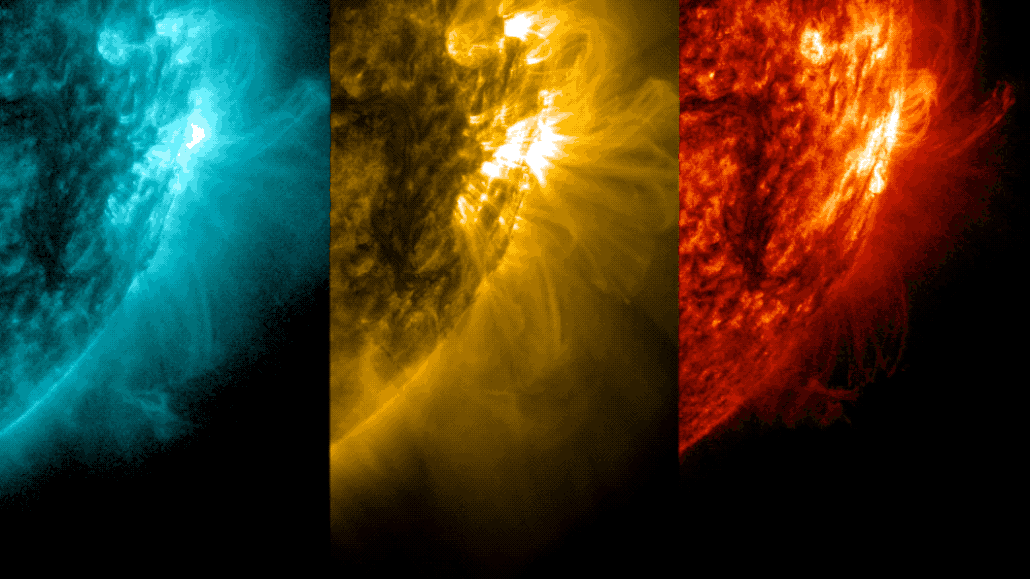
Space
Explainer: What is the solar cycle?
Here’s what causes the sun’s 11-year cycle of activity and what it means for us on Earth.
By Adam Mann
Come explore with us!

Here’s what causes the sun’s 11-year cycle of activity and what it means for us on Earth.

Scientists made a device that converts the greenhouse gas into formate. This salt can then run a fuel cell to make electricity.

Infrared light from a distant star appears to be leftovers of an impact between a pair of Neptune-sized worlds.

These rapidly spinning dead stars send beams of radio waves into space like cosmic lighthouses.

Explosions happen when chemical or nuclear reactions blow out a lot of heat, noise and expanding gas.

Dark voids riddle the galaxies, revealing new details about how stars alter their environments.

The Cat’s Eye nebula is one of the most complex of its kind. A 3-D model now reveals the source of that complexity.

Neutrons are one of the main building blocks of atoms and have no electric charge.

Alternatively, this unseen wanderer might be a hefty neutron star. Whatever it is, its gravity caused starlight to be warped — and that gave it away.

Scientists can figure out a star's mass or composition pretty easily. Determining how old that star is, however, is a lot harder.